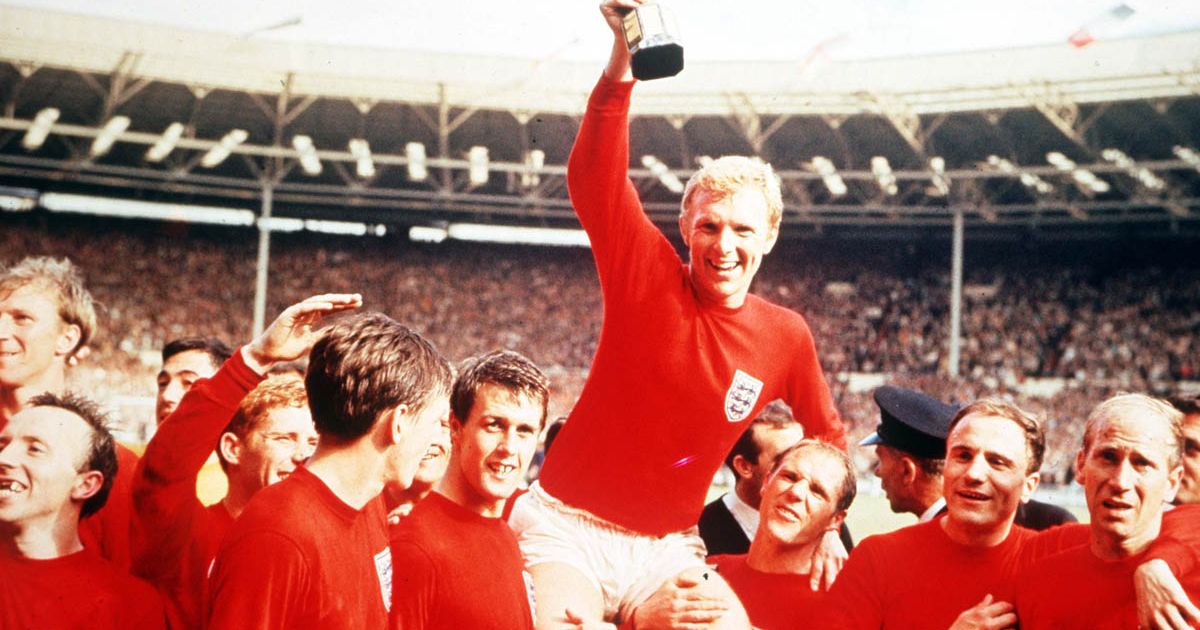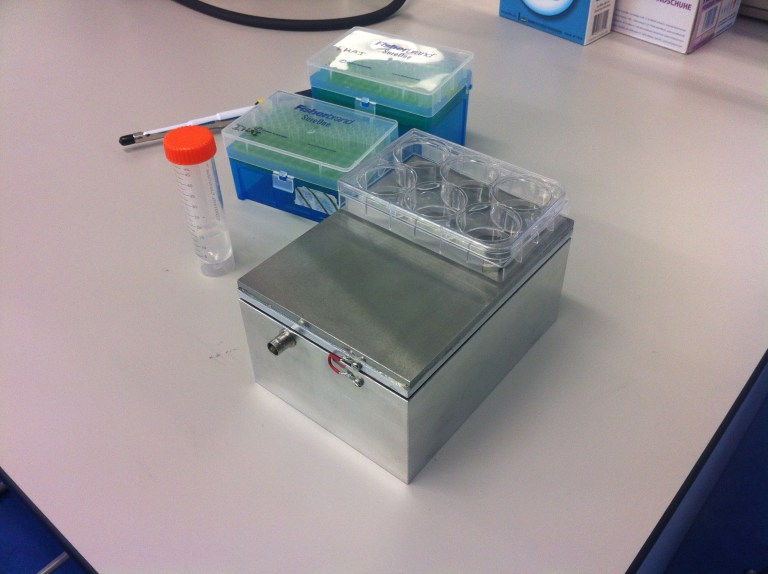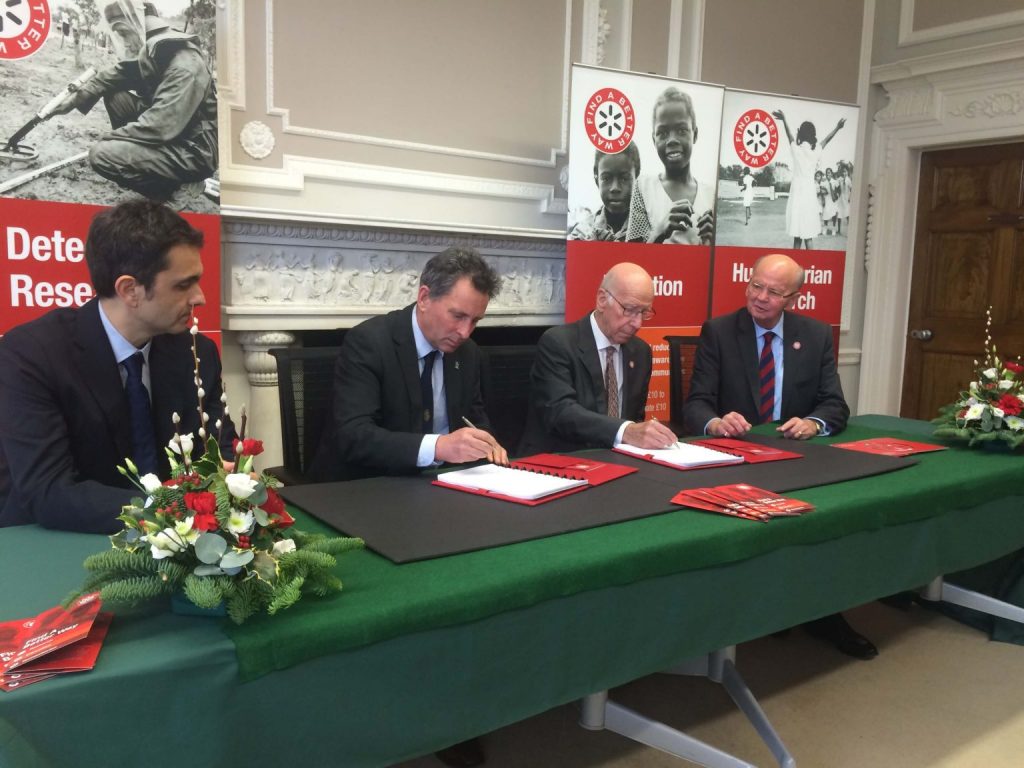3D printing and Sir Bobby Charlton may seem like an unlikely duo, but through his charity ‘Find A Better Way’, the retired English World Cup winning footballer is creating synthetic bones to combat the effects of landmines in Cambodia.
As founder of the charity, Sir Bobby has signed a financial agreement with the University of Glasgow to start research into generating synthetic bones through 3D printing, nanotechnology, and stem cell research. His charity was founded in 2012 after the ex-footballer visited Cambodia and saw first-hand the devastation caused by mines.

The Research
The University of Glasgow team are hopeful that this research will radically evolve the way landmine blast survivors are treated. In order to create the synthetic structures; 3D printers will be used to create bone scaffolds which will then be coated with nanolayers of a growth factor known as BMP-2 and stem cells. To facilitate cell growth, the structures will be placed inside a ‘Nanokick’ machine, created by Prof. Matt Dalby, which shakes the scaffold 15 nanometers, 1,000 times per second.

In a parallel project, the University will be developing more generic ‘off the shelf’ bone structures that can be sent across the globe in order for local surgeons to cut and shape to a patient’s specific needs. This project will also need to develop specific packaging in order to keep the bone tissue in usable condition for up to three weeks.
Results
The aim of the research is to create the possibility for synthetic bone pieces to be tailor made in 3-4 days. Once implanted in the patient, the scaffold will dissolve over time leaving only the growth of a new bone in its place. While this project will be focused upon smaller pieces for landmine victims, the team behind it understands that there is no limit to how much synthetic bone can be grafted into a blast injury survivor therefore opening up possibilities for the future.

The project will begin on New Year’s Day and hopes to start a ‘first man’ study by 2022. Project leader Professor Manuel Salmeron-Sanchez is confident following the announcement of the Find A Better Way funding:
With our interdisciplinary team of bioengineers, biologists and surgeons and the financial support of Find a Better Way we expect efficient progress towards the generation of bone, and we look forward to landmine blast survivors of the future having and improved quality of life.
Featured image shows Sir Bobby Robson during his trip to Cambodia in 2012. Image via Laureus.



